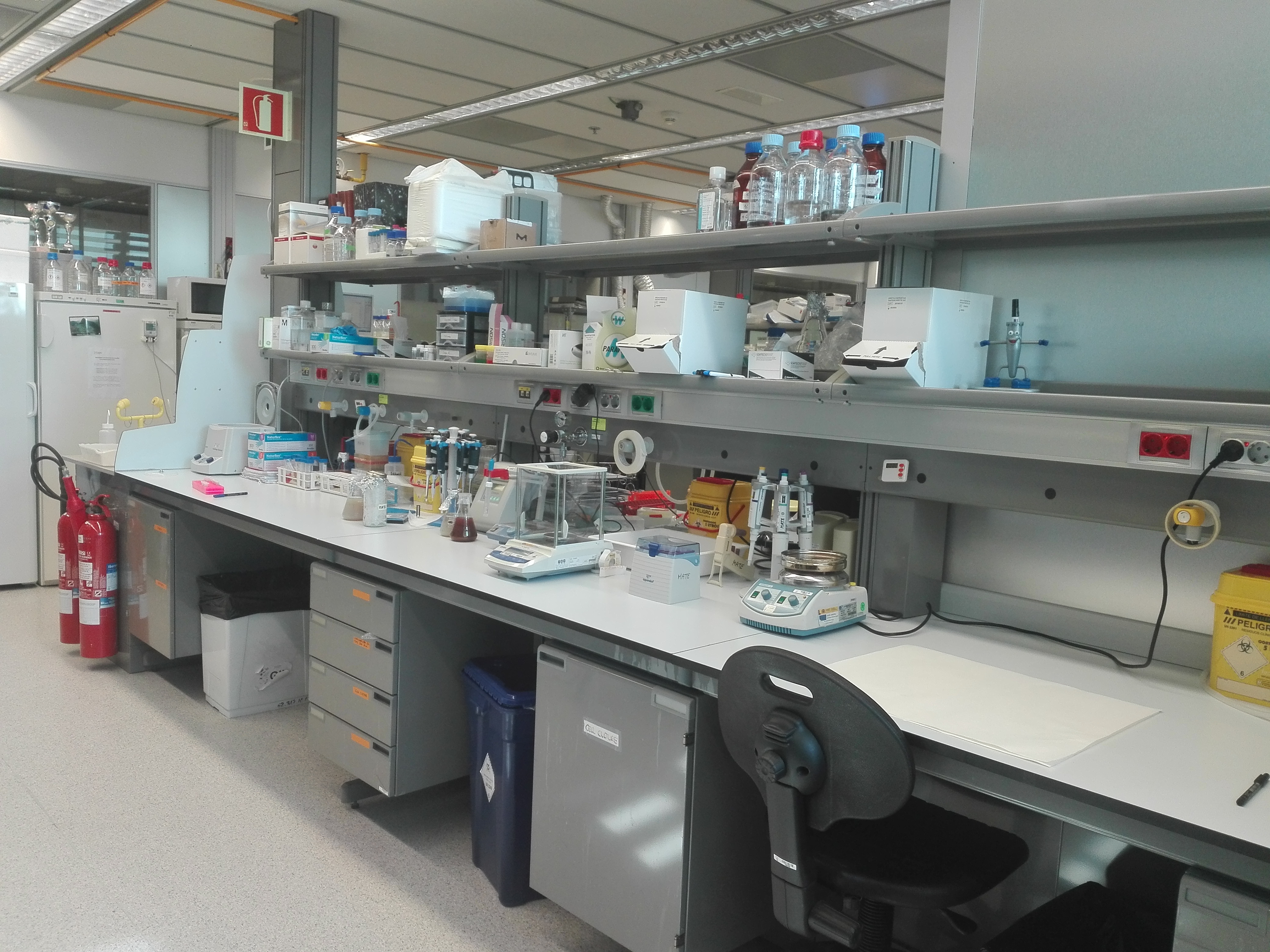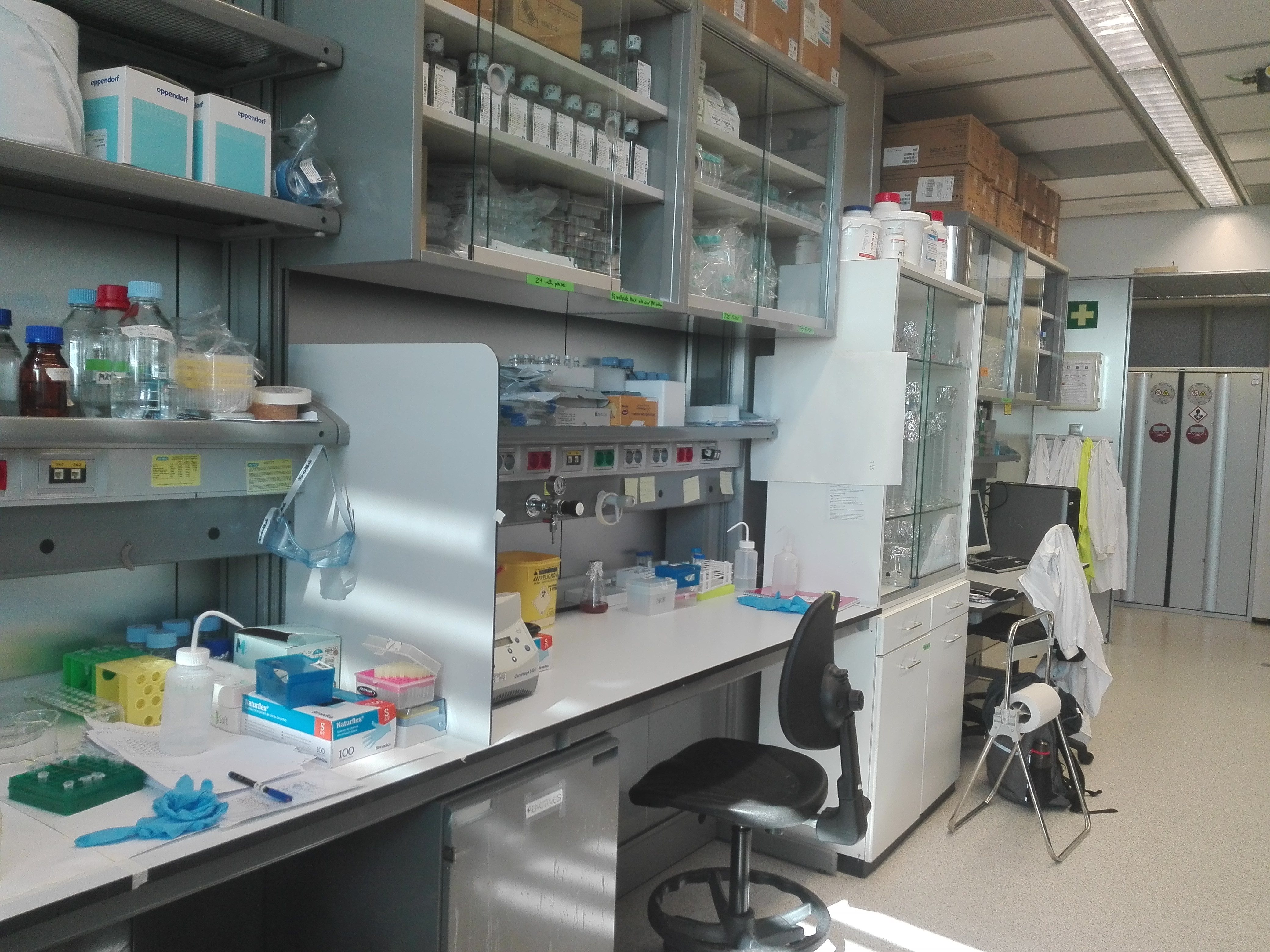Infraestructures
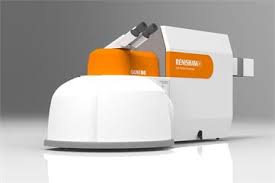
The new inVia Qontor is Renishaw's most advanced Raman microscope. With the addition of Renishaw's latest innovation, LiveTrack™ focus tracking technology, the inVia Qontor enables users to analyse samples with uneven, curved or rough surfaces. Optimum focus is maintained in real time during data collection and white light video viewing. This removes the need for time consuming manual focusing, pre-scanning or sample preparation
The inVia Qontor confocal Raman microscope's cutting-edge technology reduces overall experiment times and makes analysing even the most complex samples easy.
- Keep your view of the sample in focus while you survey it under manual control
- Raman-map rough, uneven, and curved surfaces
- Little or no sample preparation is required
- View Raman chemical images in 3D and see both the chemistry and the topography
- No need for a time-consuming surface pre-scan
- Maintain focus during dynamic measurements, such as sample heating/cooling and during very long measurements when the environmental conditions are varying
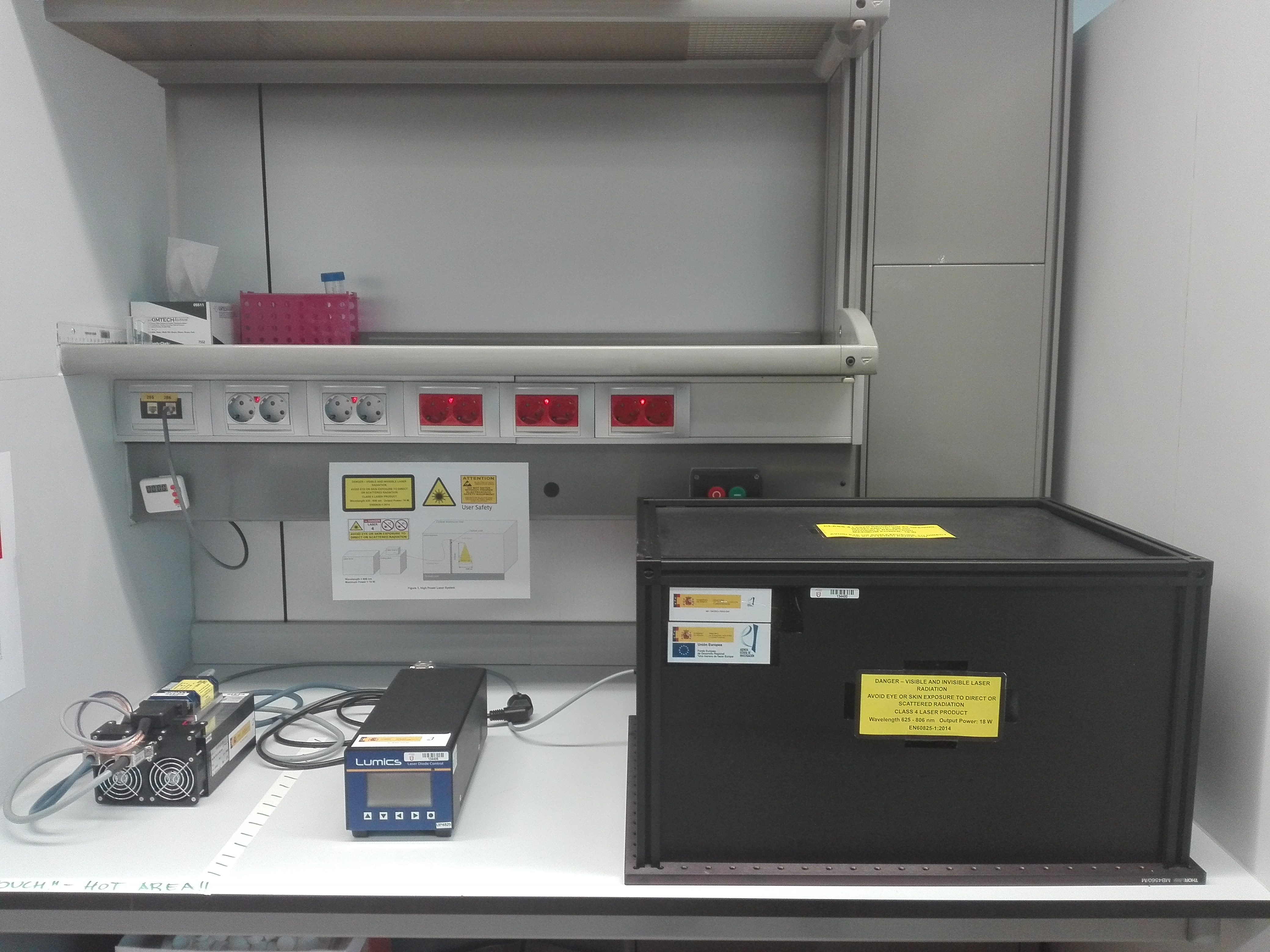
Laser diode 806 nm with a maximum power of 18W and a power controller. The laser is included in an optical box and is suitable for laser irradiation of nanomaterials and biological samples
CytoViva’s patented enhanced darkfield hyperspectral microscopy enables optical observation and spectral characterization of a wide range of nanomaterials as they interact with both biological and materials-based matrixes. No labeling or other special sample preparation is required.
An image containing the full VNIR (400 – 1,000 nm) spectral response in every single nanoscale pixel is captured. This hyperspectral image makes it easy to spectrally characterize individual nanoparticles across the entire sample and spectrally map these nanoparticles in a wide range of biological or materials matrixes.
With this technology nanoparticles as small as 10 nm-20 nm in diameter can be observed, which is useful for nanomaterials synthesis, nano-drug delivery, nano-toxicology and related research.
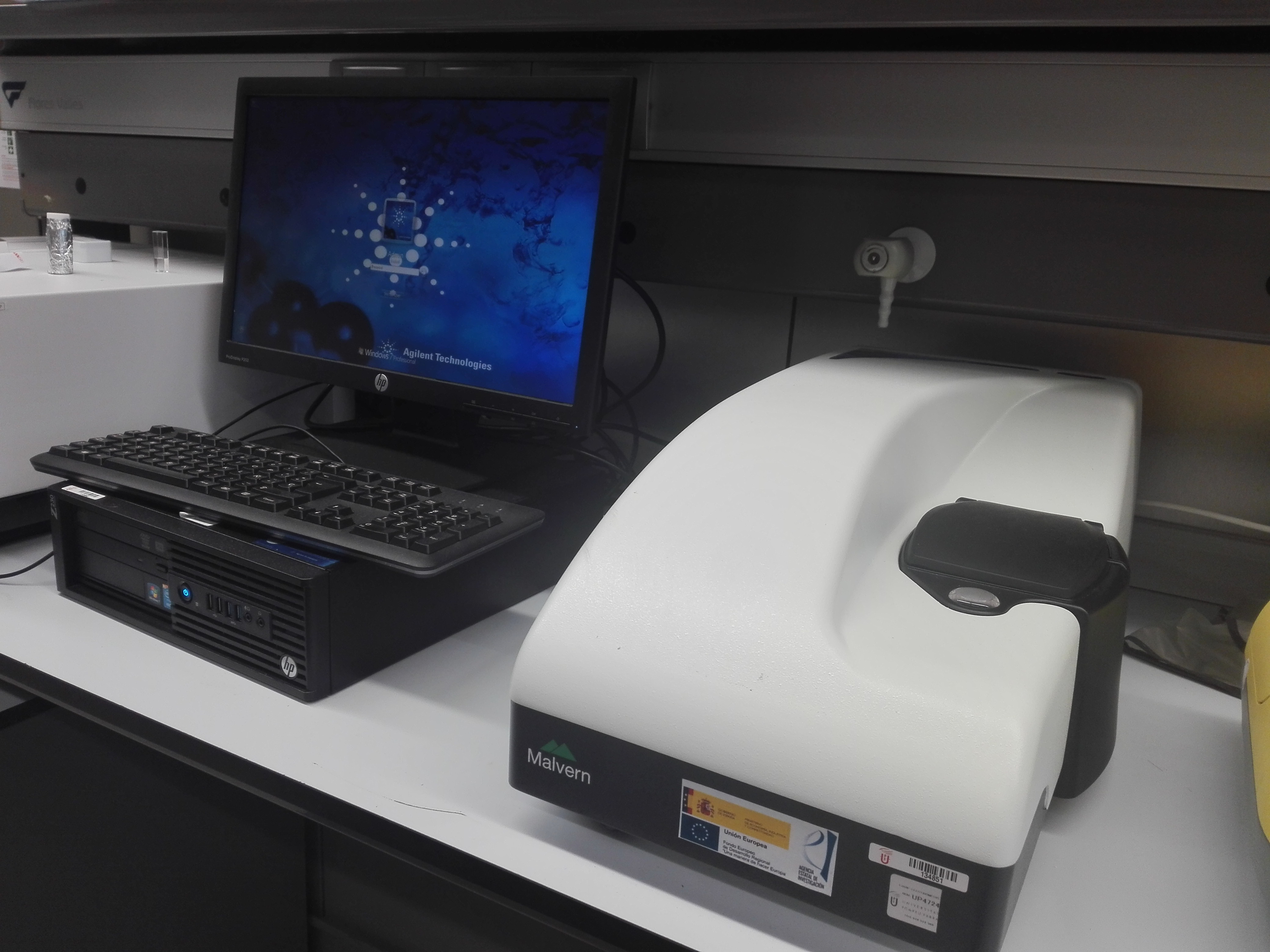
The Zetasizer Nano ZS is a high performance two angle particle and molecular size analyzer for the enhanced detection of aggregates and measurement of small or dilute samples, and samples at very low or high concentration using dynamic light scattering with ‘NIBS’ optics. The ZS also incorporates a zeta potential analyzer that uses electrophoretic light scattering for particles, molecules and surfaces, and a molecular weight analyzer using static light scattering.
Using Non-Invasive Backscatter optics (NIBS) it has significantly better performance than systems using 90 degree scattering optics.
In addition, a microrheology option is available for measuring sample viscosity and viscoelastic properties, as well as a Protein Measurement option for protein mobility measurements.
The flow mode option enables the system to be connected to an SEC or an FFF system to use as a detector for the size of proteins or nanoparticles.
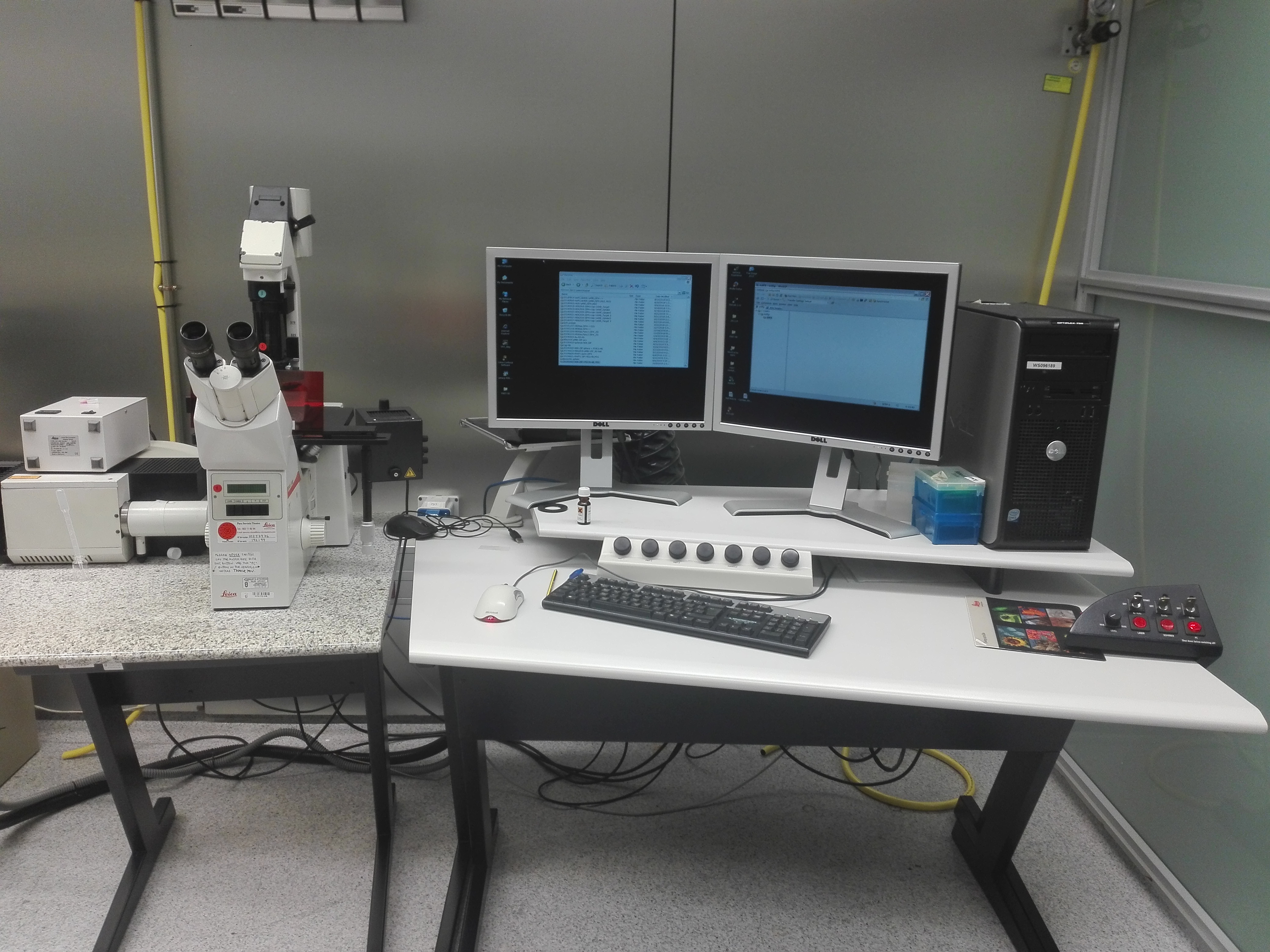
Leica TCS SP2 is a laser scanning confocal microscope with electronically controlled and freely definable AOBS (Acousto - Optical Beam Splitter). This element replaces the conventional primary dichroic mirror in the scan head for reflecting excitation light and transmitting emitted fluorescent light. With the AOBS, a freely programmable and highly efficient single or multi-chroic beam splitter has been achieved. Highly sensitive detectors are optimized for different spectral bands.
Leica Confocal Software (LCS) complements the optics and electronics by providing a user-configurable interface, easy to use for the occasional user yet powerful to control the most advanced experiments. In addition to multi-dimensional control & analysis, advanced multi-color restoration and spectral un-mixing software allow the efficient elimination of residual crosstalk between spectrally over lapping dyes.
Leica TCS SP2 spectral confocal system provides a spectral scanning range from UV to IR. Investigators can use a large variety of fluorescent probes
The Cary Eclipse Spectrophotometer uses a Xenon flash lamp for superior sensitivity, high signal-to-noise, and fast kinetics. It measures the emission of light from samples in four modes: fluorescence, phosphorescence, chemi/bio-luminescence, and time resolved phosphorescence.
Using Xenon lamp technology, it captures a data point every 12.5 ms and scans at 24,000 nm/min without peak shifts due to the design of the monochromator drive mechanism. The grating is moved only when the lamp is off, resulting in a go-stop-flash method of taking a measurement. The wavelength does not change whilst a measurement is being taken.
The Cary Eclipse is the only spectrophotometer with room light immunity. The equipment has also a microplate reader, which offers full wavelength scanning of 96 samples.
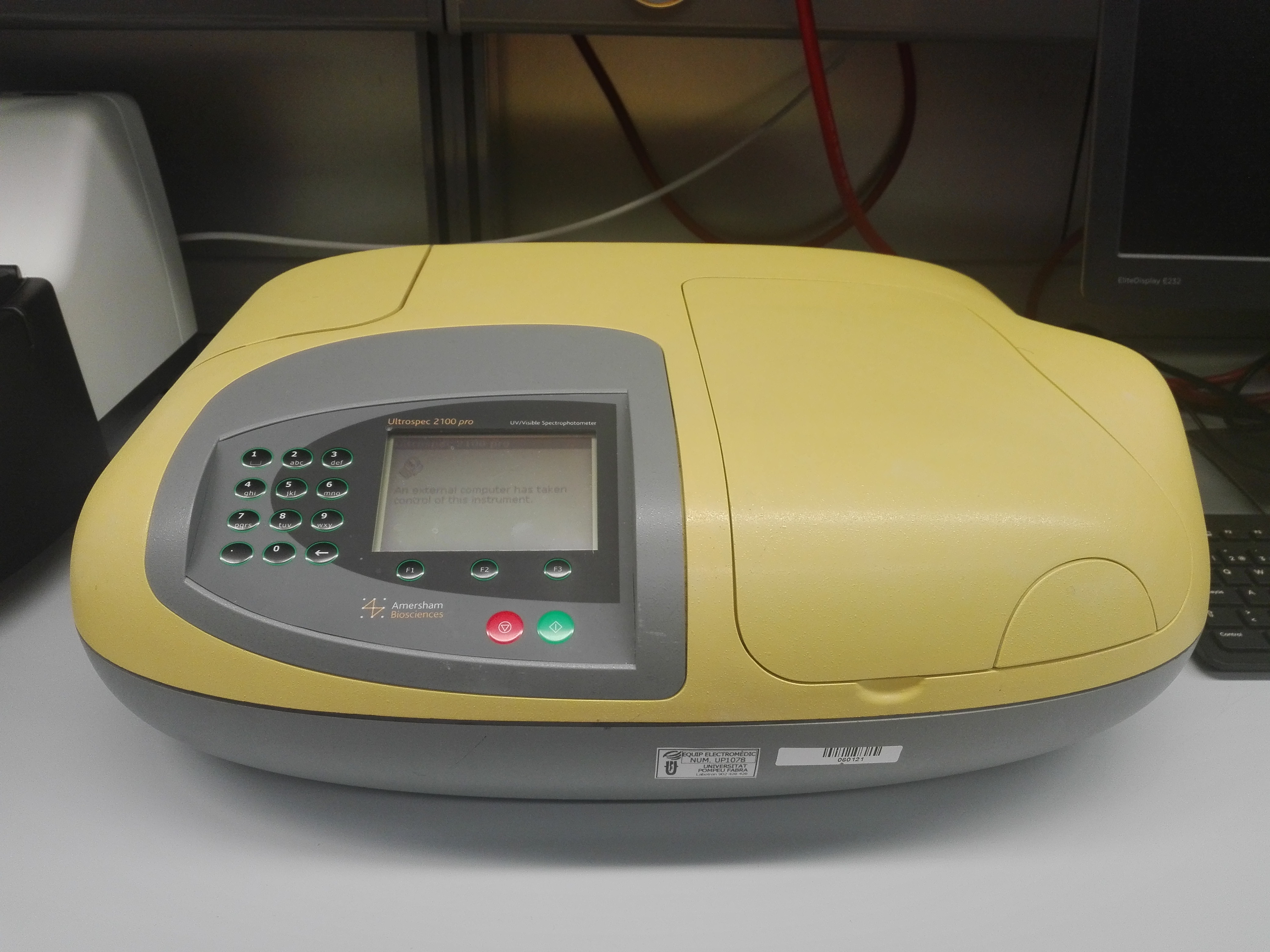
UV/Visible spectrophotometer
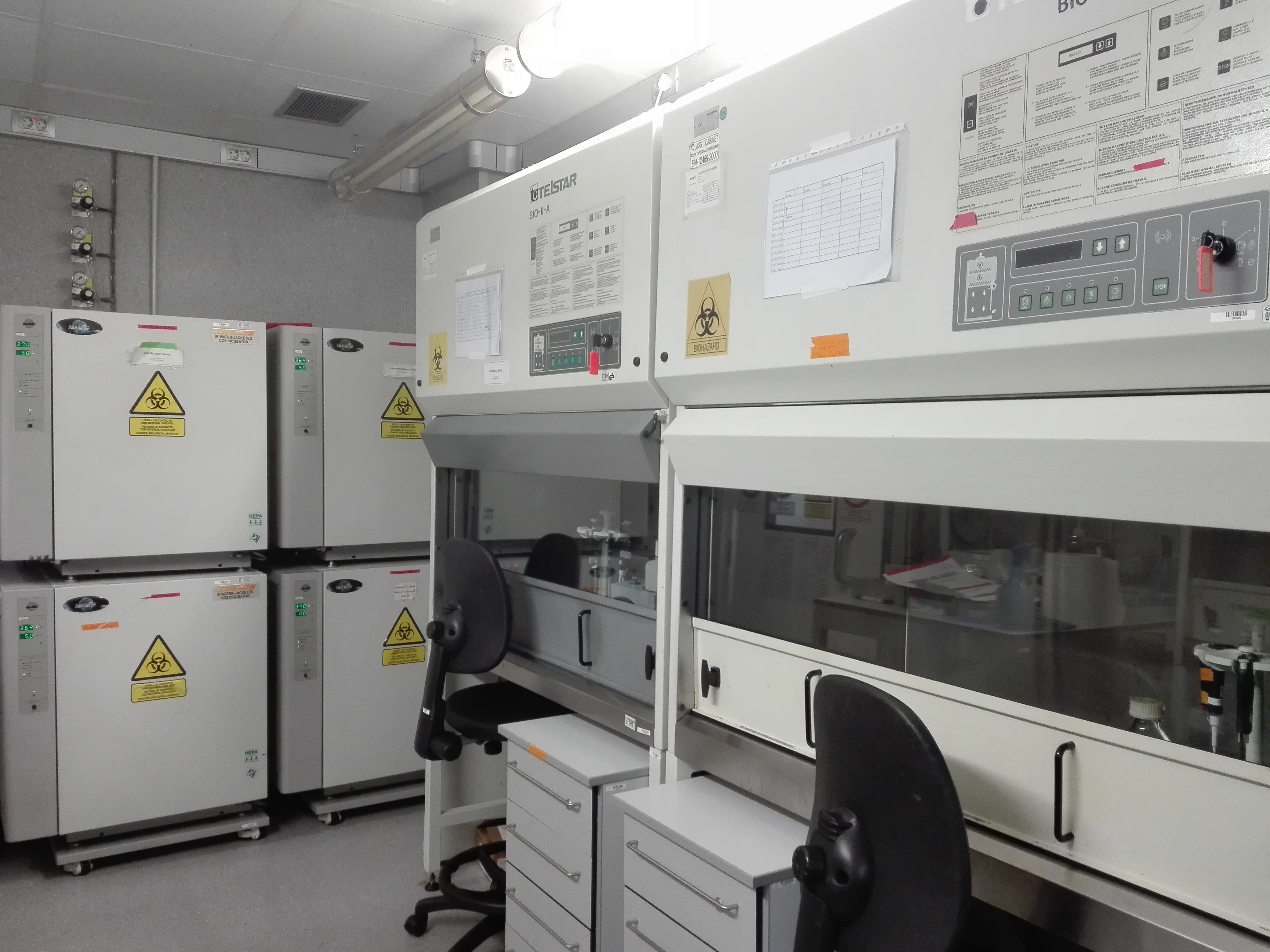
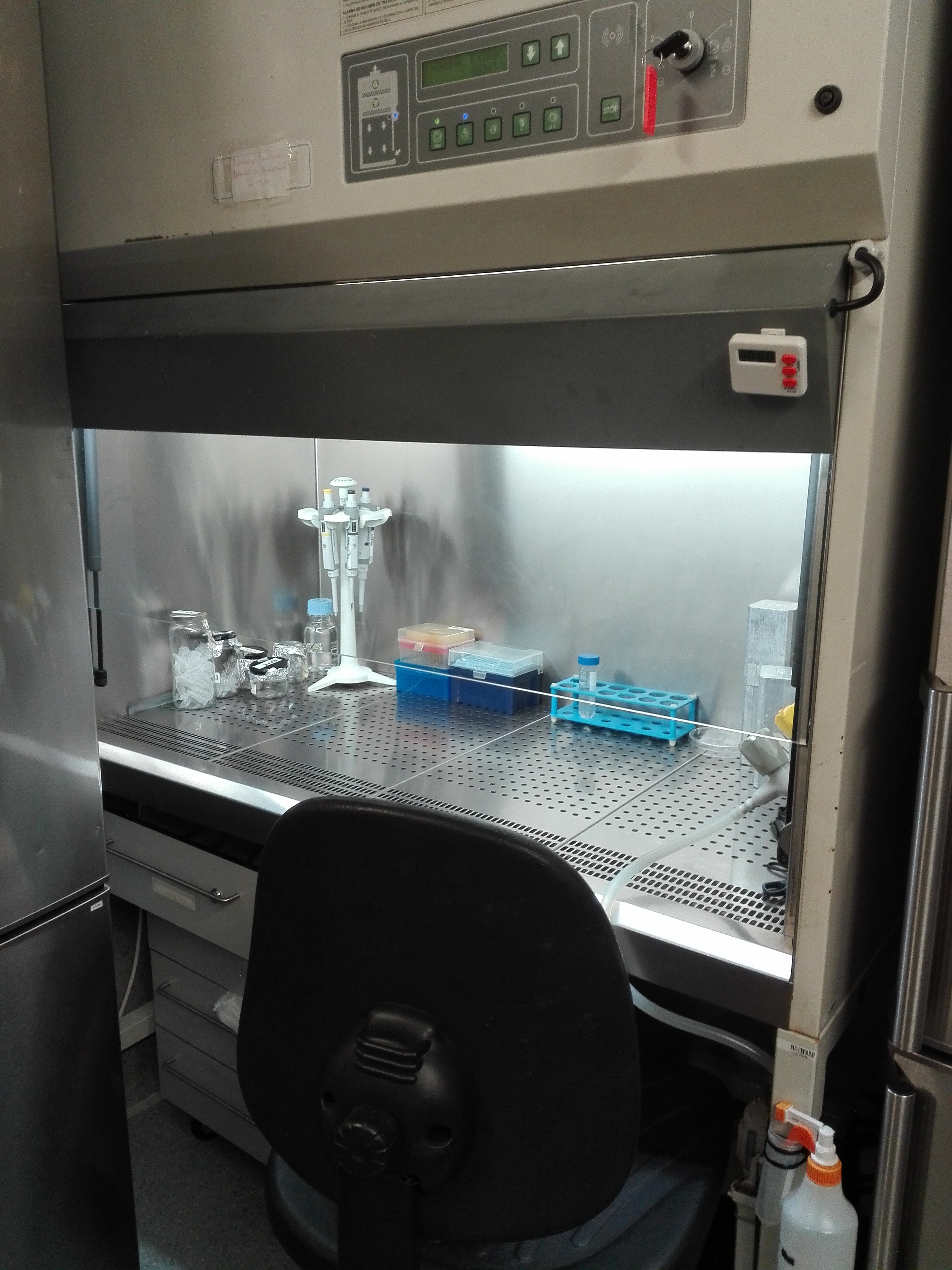
- Horizontal Laminar Air Flow Cabinet Bio IIA Telstar
- CO2 Incubator NUAIRE Autoflow
- Inverted Microscope Olimpus CKX41
- Beckman Coulter Allegra X-15R Centrifugue
